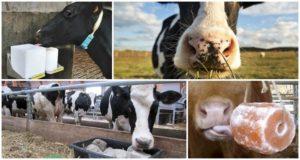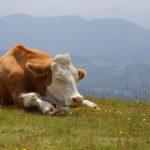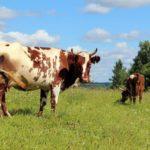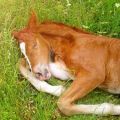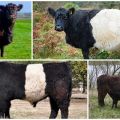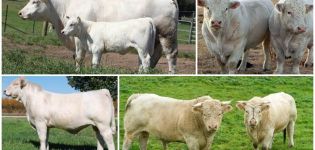How and in what position do cows sleep, how long they rest and the impact on health
Milkmaids and farmers know how important healthy sleep and good rest are for cows. The amount of milk and meat that the animal gives directly depends on this. In addition, with poor quality rest, immunity will decrease, and the cow will get sick. In critical cases, she may even lose a calf. There are many more interesting stories to tell about how and where cows sleep.
How and where cows sleep
Burenki, like many representatives of cattle, sleep in two positions: lying and standing. This depends on herd hierarchy, housing conditions and season. Animals that are kept only in the stall have the opportunity to get quality sleep, but herd heifers and gobies have to while away nap for an additional two hours a day. After all, they can not always fully relax at night.
In addition, sleep is affected by:
- General well-being.
- Bright light.
- Temperature and drafts.
- Noise.
- The presence of other animals.
Regular sleep keeps cattle healthy. Cows have been proven to dream. If you observe a sleeping cow, you can see how she inhales noisily and moves her eyeballs.
When the cows are resting in the fresh air, they lie down so as not to touch each other - at a distance of about 1.5-2 meters. Even in sleep, they do not stop chewing, and the process of assimilating fiber does not stop.
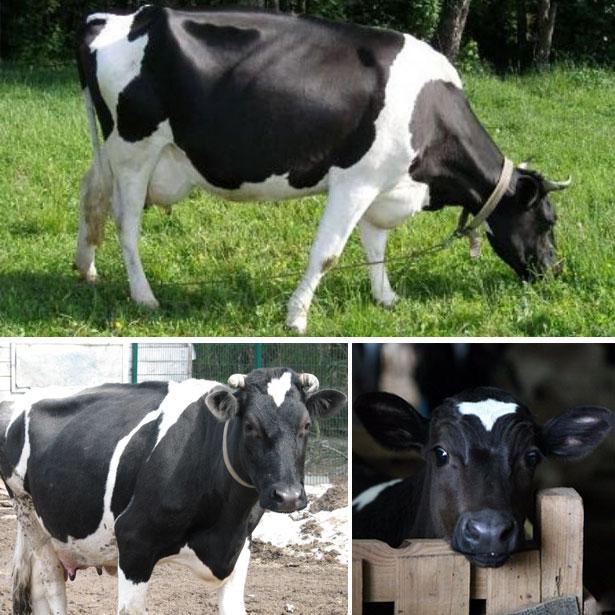
Lying
If the animal lies on its stomach in the stall, it means that it is comfortable and there is enough space, it feels safe. In this case, the cow may well shut down for a while, being in a deep sleep phase at night. When the space in the barn is severely limited, group members compete and even fight for the right to sleep. In this case, only the expansion of the stall will help.
In a spacious meadow or pasture, the position speaks of the place of the animal in the herd hierarchy. Lying cow is one of the leaders. As a rule, the rest of the individuals keep their distance from her and guard the leader's sleep.
Standing
Cows are able to sleep on their feet if they cannot lie down. But such a dream negatively affects the health of the cow. Standing to sleep, animals can even with open eyes, but it is difficult to call it a quality rest. The body cannot completely relax. When a cow sleeps only while standing for a long time, she becomes irritable and aggressive.In the stall, it is better not to tie her at night, because the leash limits movement.
Effects of sleep on productivity
A normal daily routine is as important for cows as it is for any living creature. Its absence has a detrimental effect not only on all mammalian systems, but also on the products it produces. Meat breeds of cows are less likely to build up muscle mass, get sick, and the delicacies from such beef come out dry, tough and tasteless. During rest, the animal processes calories from food into muscle tissue, so cows try to feed densely and give them the opportunity to sleep enough.
In dairy cows, the percentage of fat in milk is reduced and milk yield falls. To prevent this, you should combine daily grazing with adequate rest. In general, limited sleep affects cattle activity, appetite and vitality. But a long nap is also impermissible for these animals.
How long does the dream last
Veterinarians have calculated that a mammal can fully recuperate within 5-15 hours of sleep per day. In general, cows rest for about 6-7 hours, although in excellent housing conditions they are able to sleep soundly for up to 10 hours.
